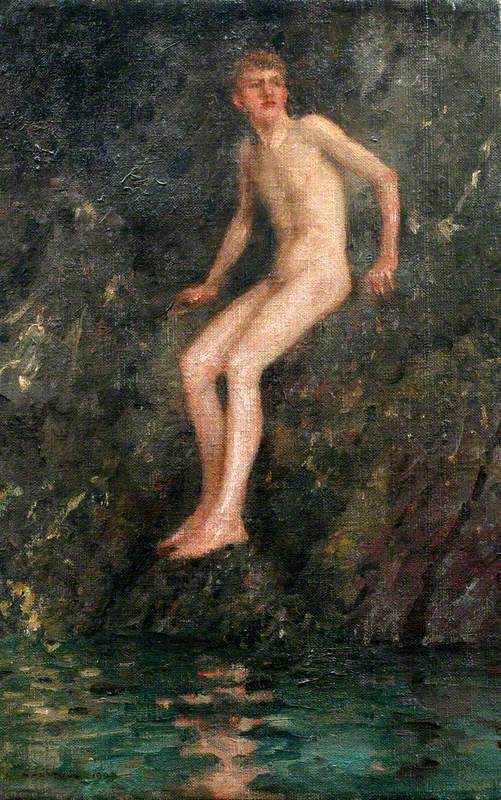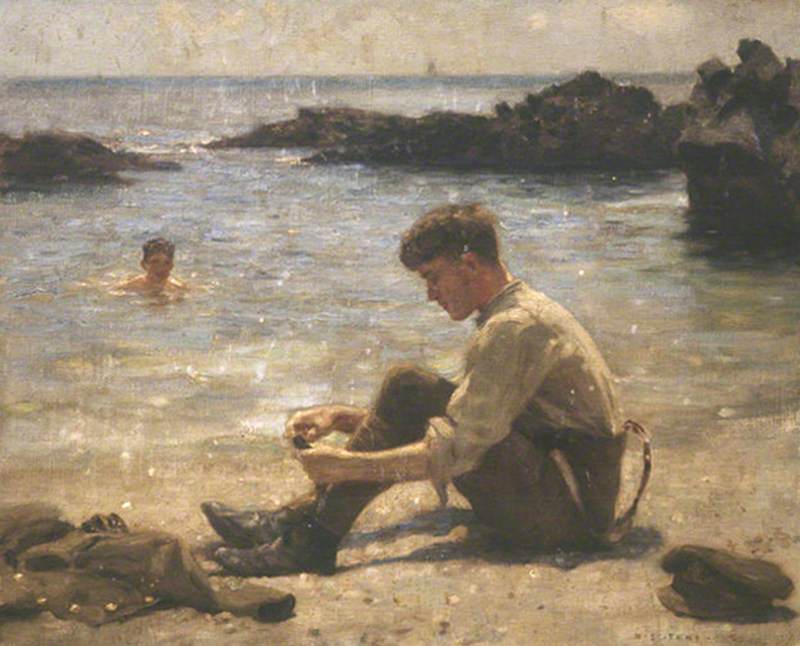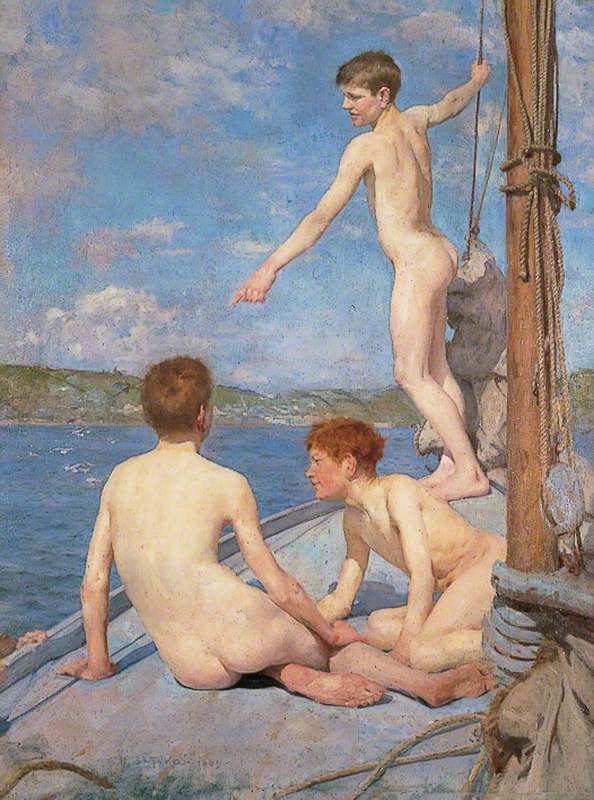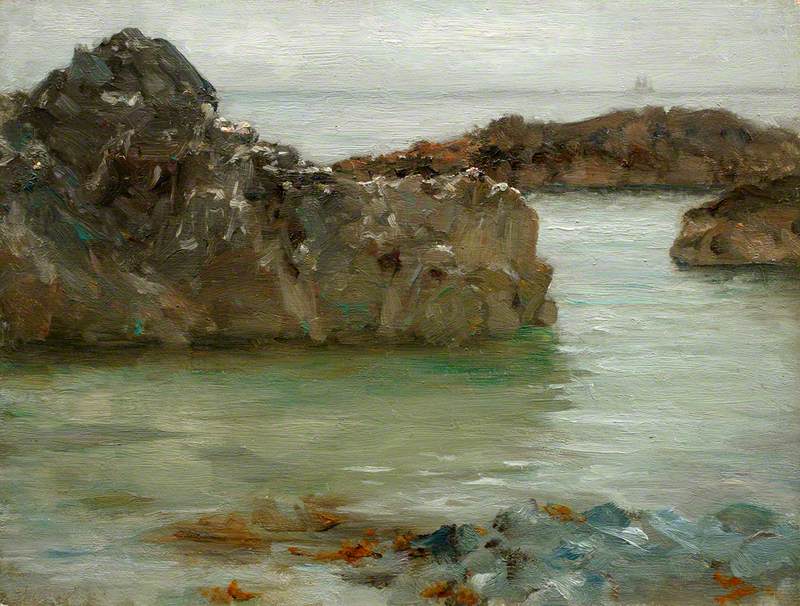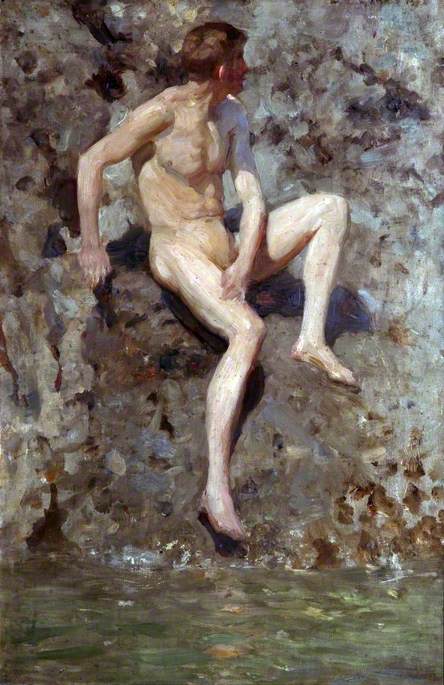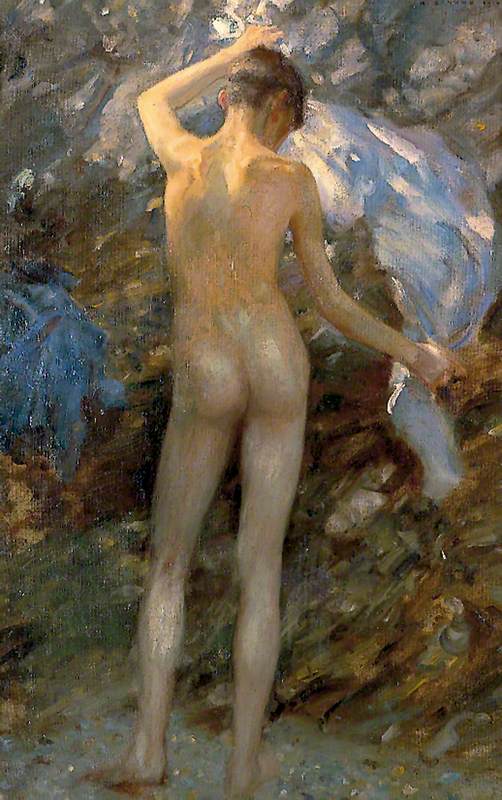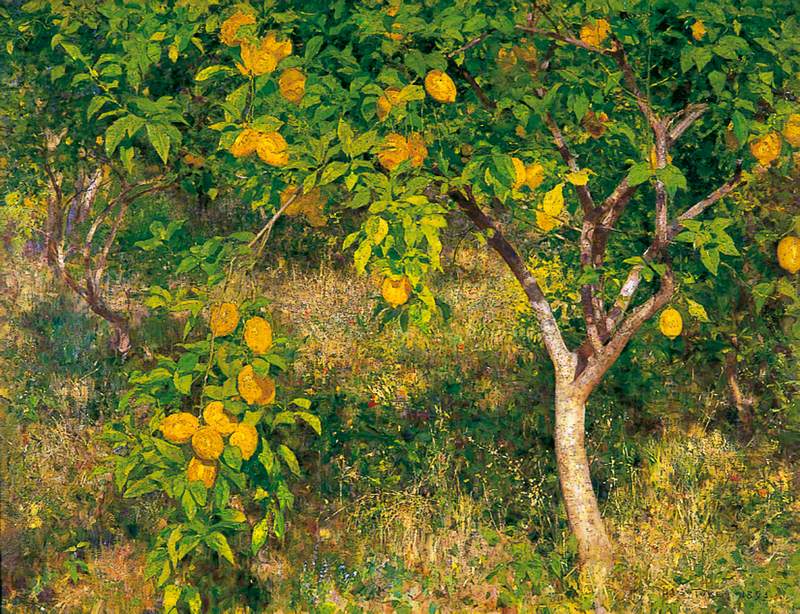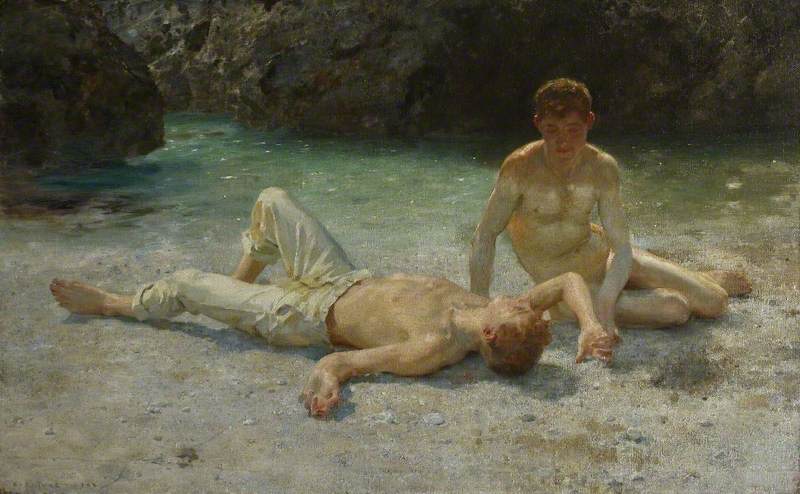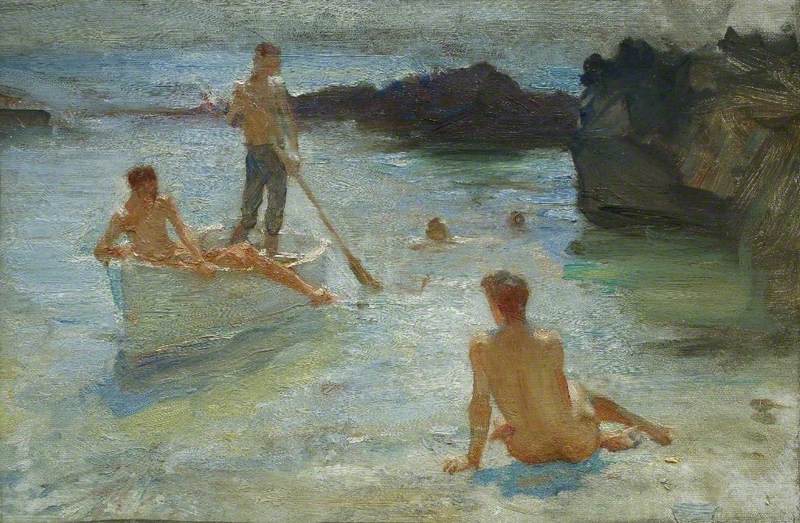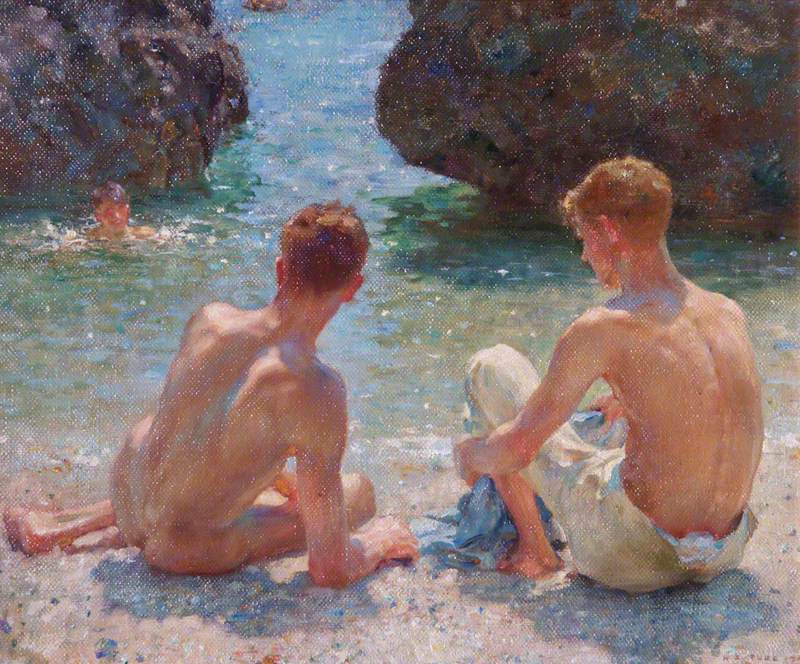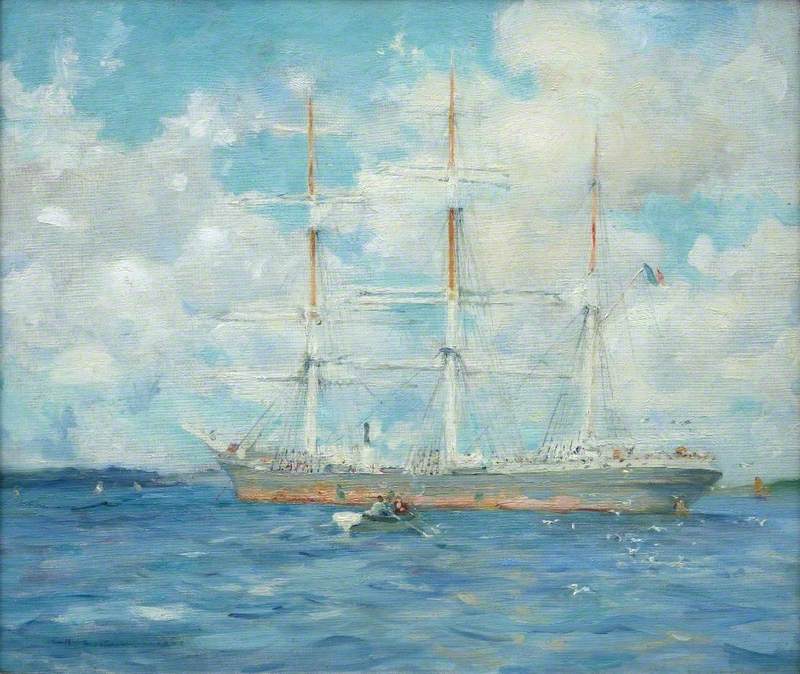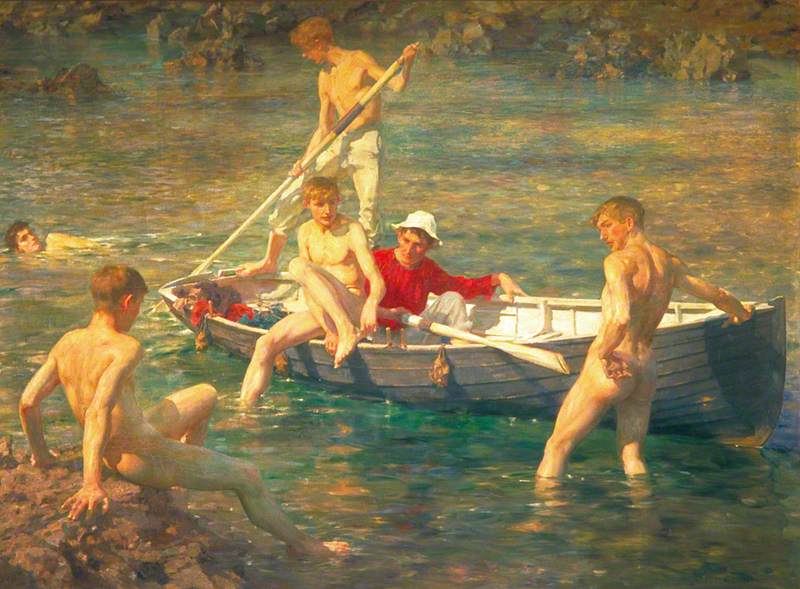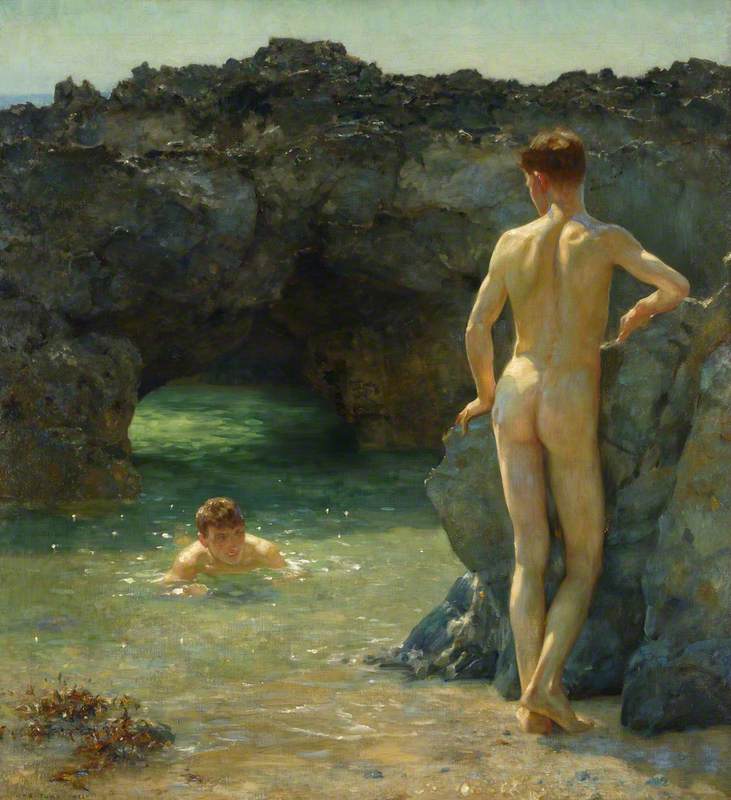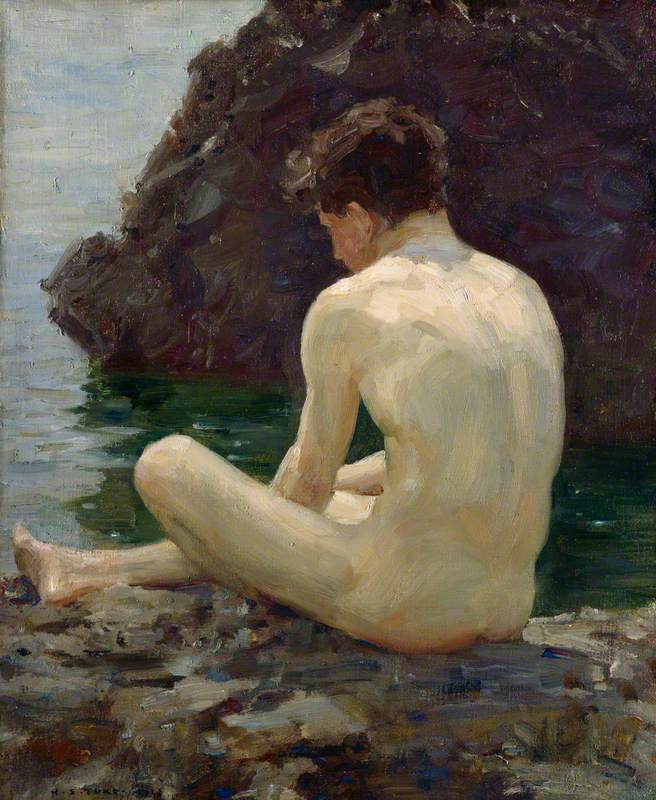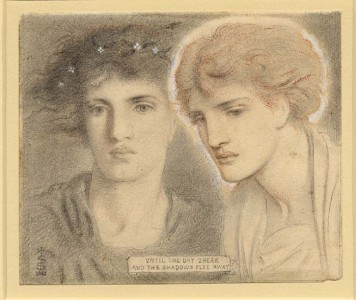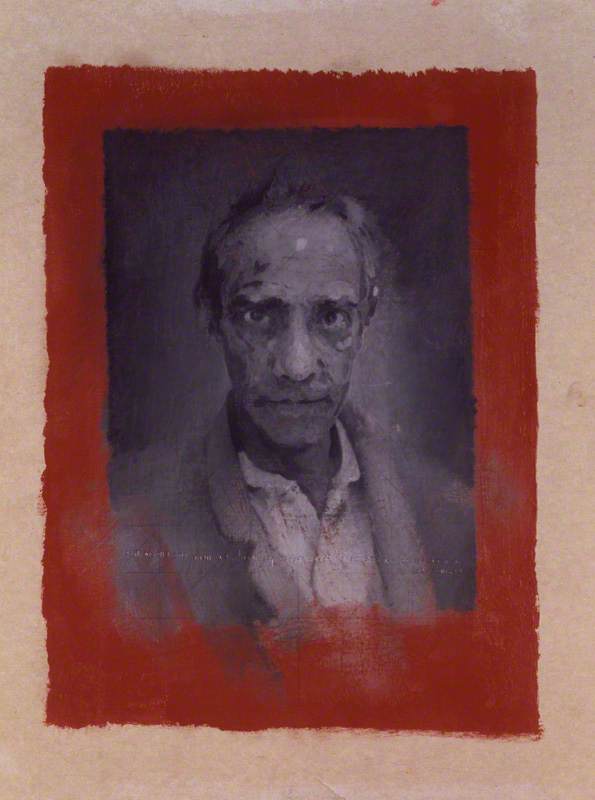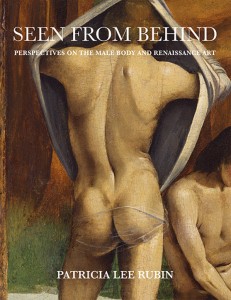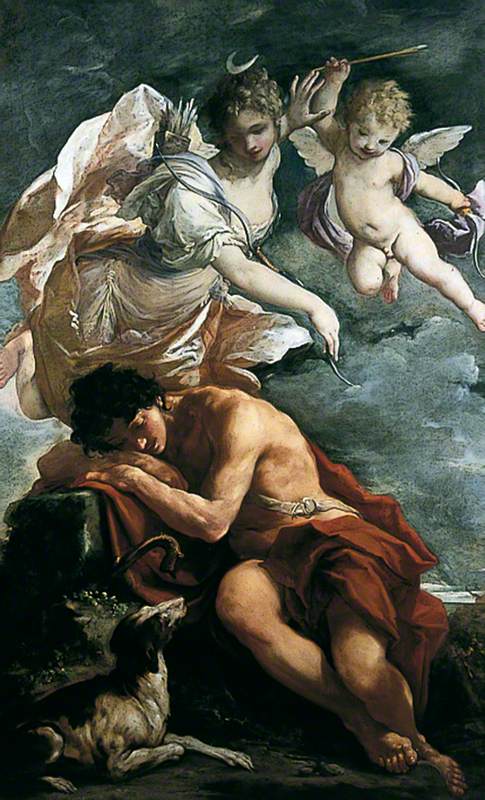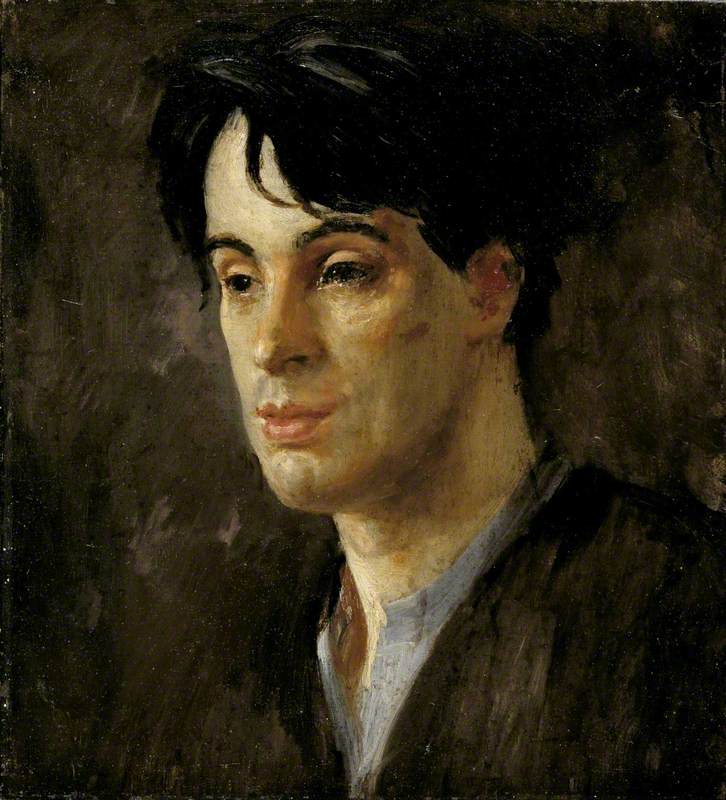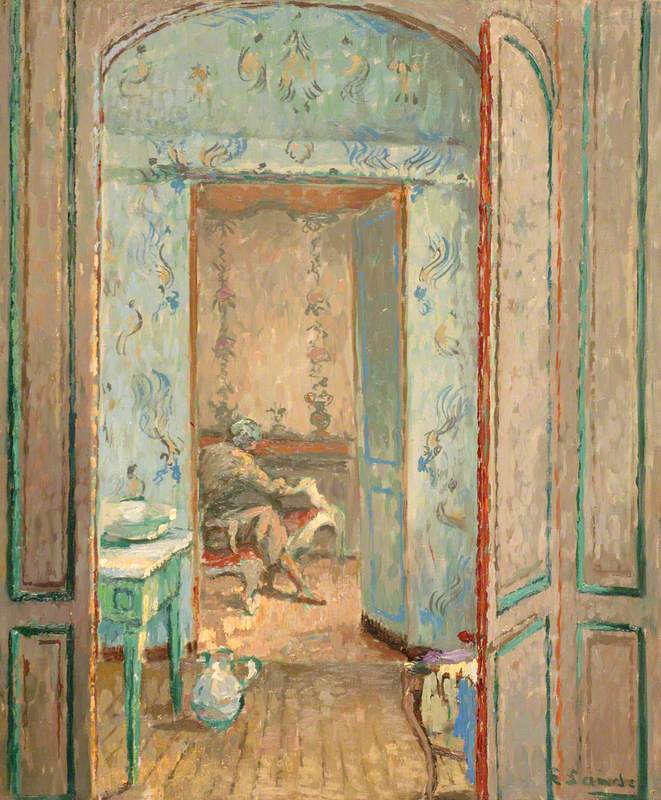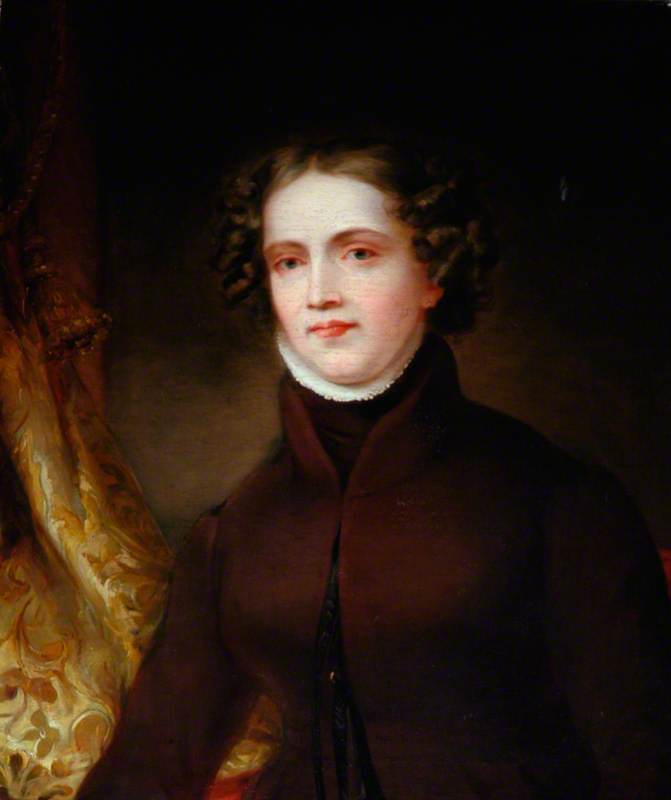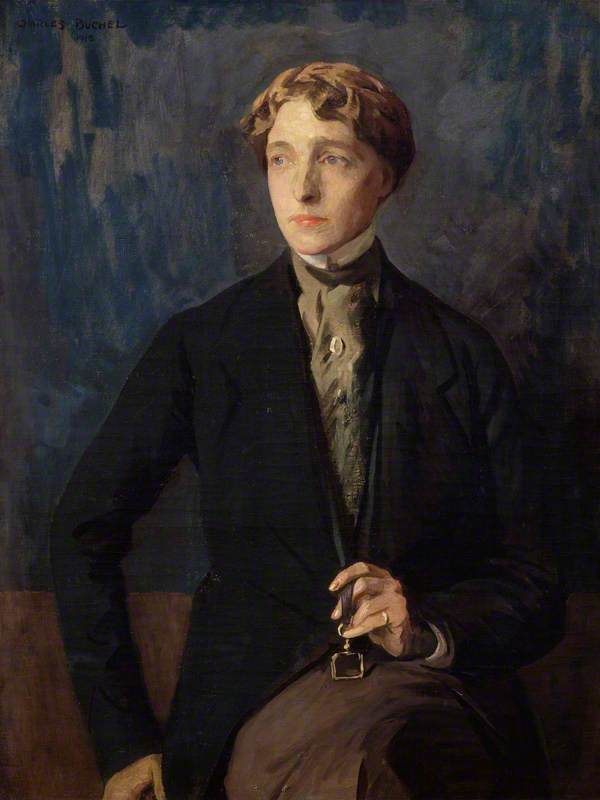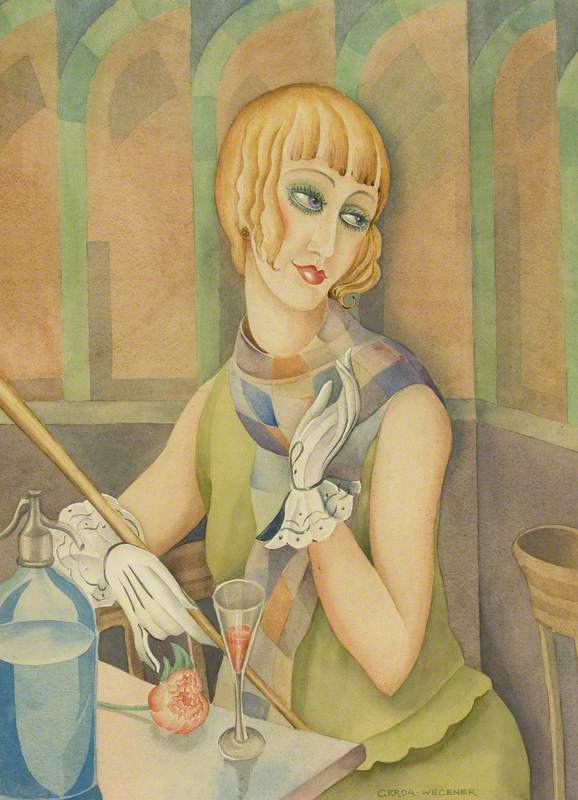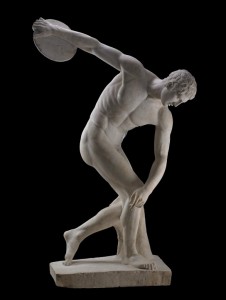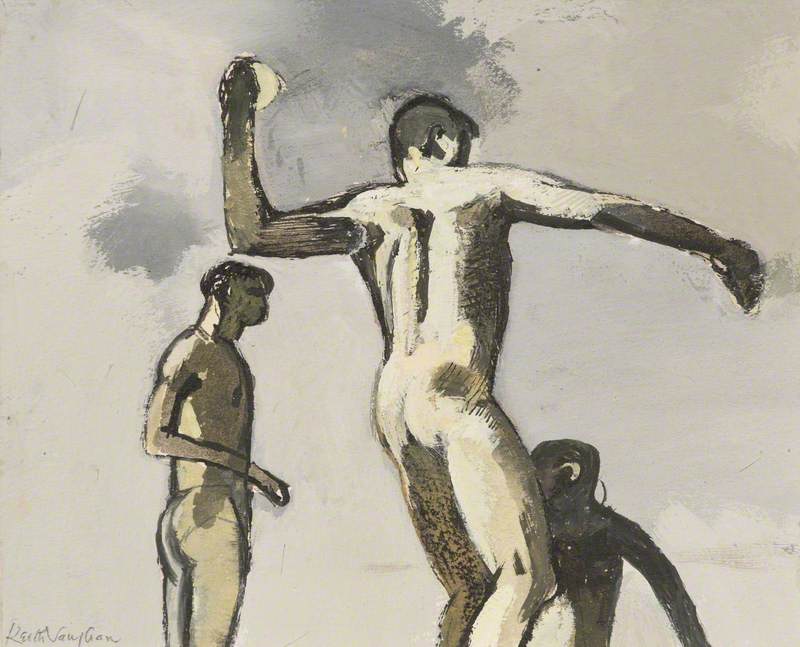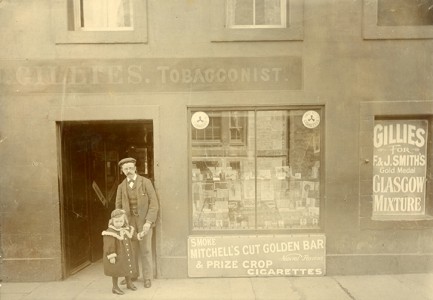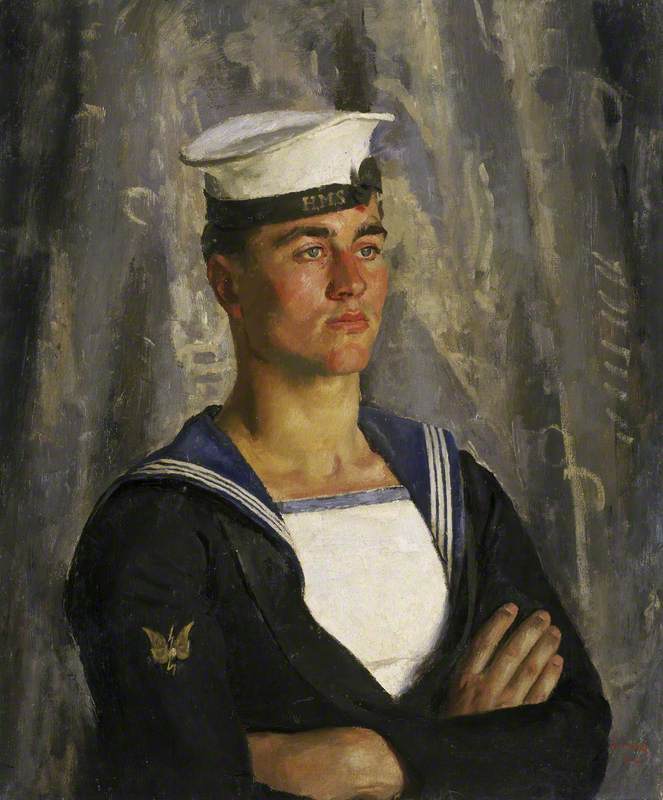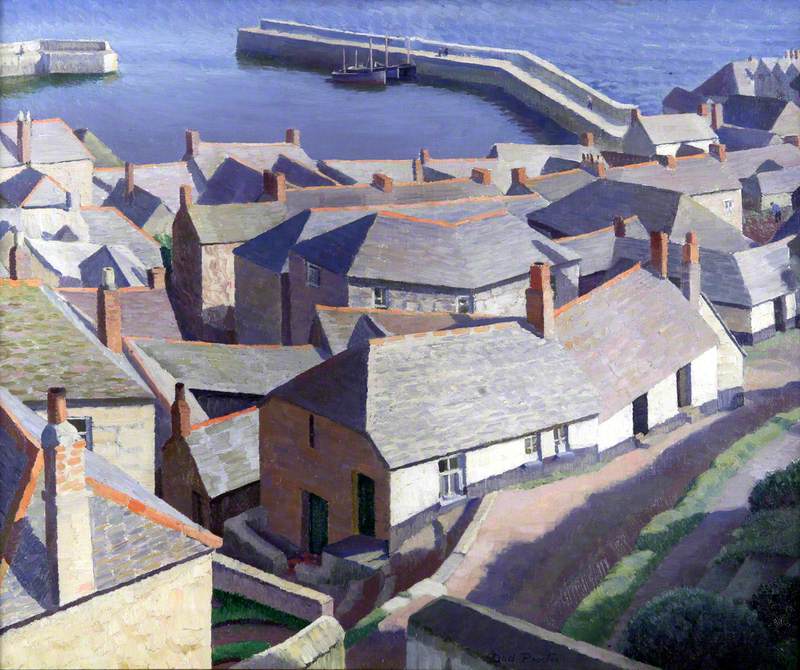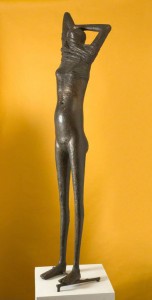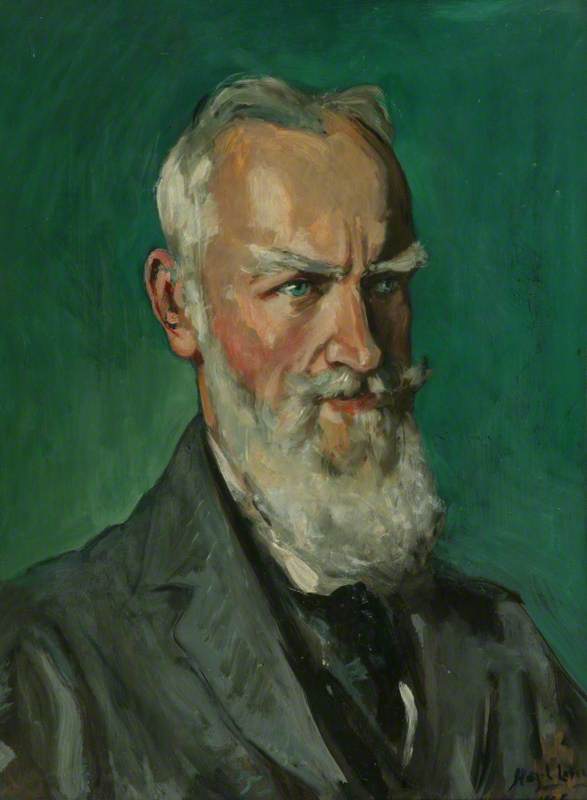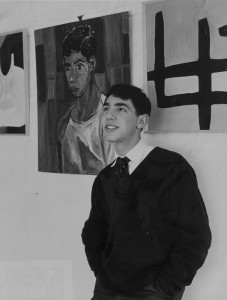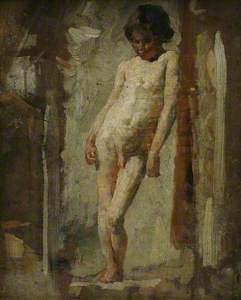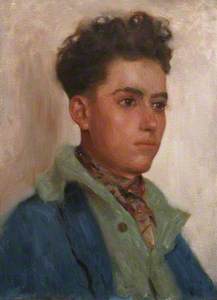In 1858, Henry Scott Tuke was born in York to a prominent Quaker family. A British painter best known for his intimate and sensual paintings of the male nude, Tuke's art fell from fashion in the years before his death. In the 1970s, his work returned to the limelight after he became an icon among the LGBTQ+ community and a new generation of openly gay artists.
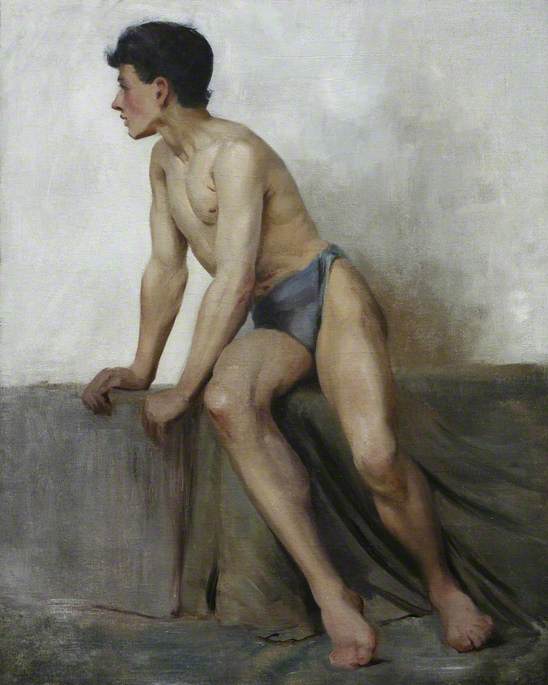
Image credit: The Tuke Collection, Royal Cornwall Polytechnic Society
Henry Scott Tuke (1858–1929)
The Tuke Collection, Royal Cornwall Polytechnic SocietyBy today's standards, Tuke's paintings are no less visually captivating or compelling than they once were. He is widely celebrated for his impressionistic rendering of the English coasts, as well as his lifelike capturing of the softness and translucency of flesh. However in recent years, Tuke's fascination with youth – including unclothed male adolescents – has raised difficult yet intriguing questions about how to judge his work morally and sensitively in today's context.
Brought up in Falmouth and London, Tuke studied at the Slade School of Art under Alphonse Legros and Sir Edward Poynter. In 1880, he trained in Florence for a year before spending three years in Paris.
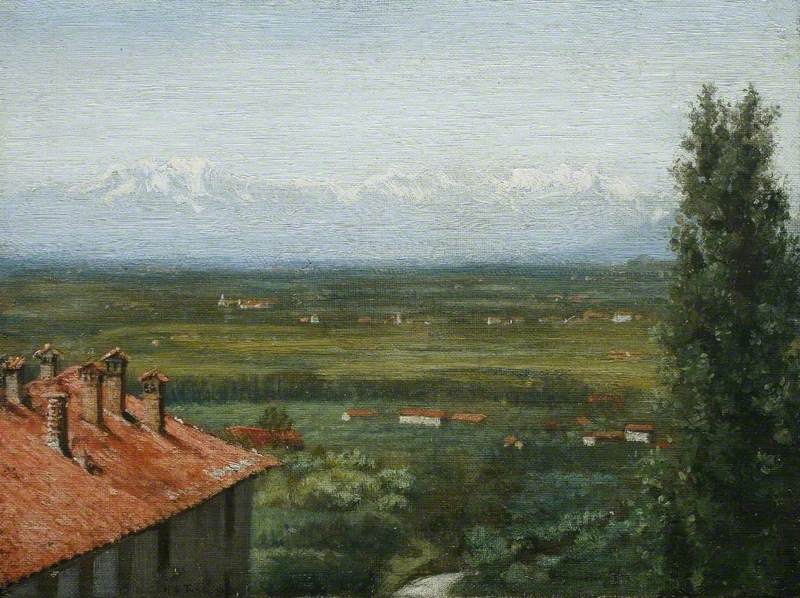
Image credit: The Tuke Collection, Royal Cornwall Polytechnic Society
Henry Scott Tuke (1858–1929)
The Tuke Collection, Royal Cornwall Polytechnic SocietyIn France, Tuke met the artist Jules Bastien-Lepage who encouraged him to paint en plein air, which translates into 'painting outdoors'. This practice facilitated the depiction of natural, soft light and had a profound influence on Tuke's work and style.
Following a trip to the Mediterranean in 1892, Tuke's palette also brightened and his work injected with blues and greens.
In 1883, Tuke returned to Britain and moved to Newlyn in Cornwall where several artists including Walter Langley, Albert Chevallier Tayler and Thomas Cooper Gotch had formed the Newlyn School of painters. Newlyn may seem like a random choice at first, but the Newlyn School was attracted to the fishing village's fantastic light, cheap living and the availability of inexpensive models. The artists were fascinated by the everyday life in the harbour and nearby villages and took this as the subject of many of their paintings.
Tuke's style was more impressionistic than that of the other Newlyn painters and he distanced himself from the School after only a short time.
During the 1880s, Tuke became friendly with Oscar Wilde and other prominent poets and writers such as John Addington Symonds who categorised themselves as 'Uranians'. Uranian is a nineteenth-century term that referred to a person who was believed to have a female psyche in a male body, but would now be understood as a homosexual male. The Uranians celebrated and championed homosexual desire and emancipation and drew on an idealised version of ancient Greece in their work. They wrote poetry in praise of pederasty and wished to contemporise the lost Hellenic tradition of 'man-manly love'.
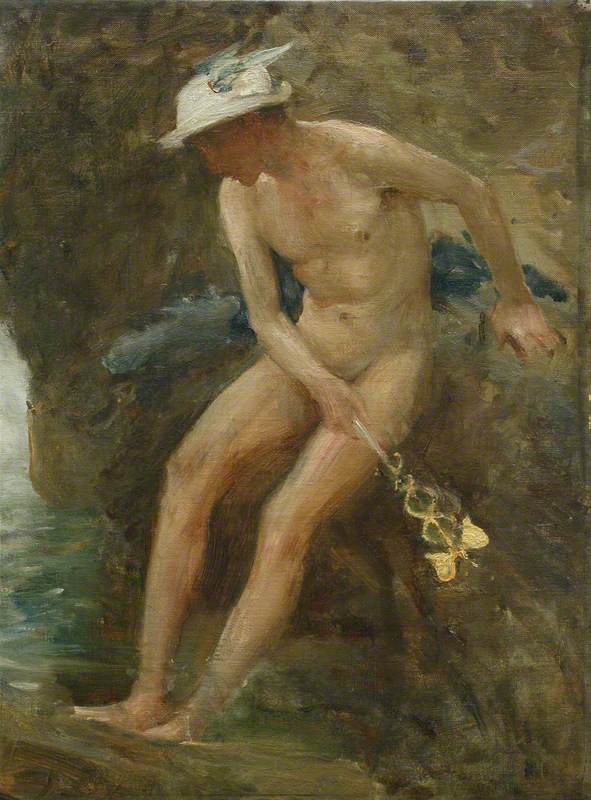
Image credit: The Tuke Collection, Royal Cornwall Polytechnic Society
Sketch for 'Hermes at The Pool' c.1900
Henry Scott Tuke (1858–1929)
The Tuke Collection, Royal Cornwall Polytechnic SocietyTuke's sexuality cannot be confirmed but he openly embraced the Uranian world. In one poem attributed to Tuke called Youth, he laments the loss of the erotic freedom of ancient Greece in modern 'starveling times of dearth' where the 'wine' of natural (pre-Christian) desire is banned and rallies for the youth to 'take again thy rightful crown, in lovers hearts to reign!'
The ancient world provided Tuke and other Uranians with an opportunity to explore, portray and legitimise homosexual desire without social repercussions or persecution. Tuke also made great use of classical imagery in his work. For example, in one painting, Tuke adorns an adolescent boy with the winged helmet and caduceus, symbols of the Greek god Hermes.
Though Tuke abandoned overtly mythological themes early on in his career – in favour of painting local boys fishing, sailing and swimming – a classical influence remained.
The soft but muscular bodies of his ephebic models resemble the classical sculptures of the ancient world (ephebic referring to a pubescent, or young man in the ancient Greek context). They are not monumental or heroic like the nudes of artists such as William Etty, but bodies engaged in everyday leisurely activity. Tuke was also known to interchange heads and bodies of models to create the ideal form, much like the ancient Greek sculptors.
Tuke's chief interest lay in the erotic valence of the working-class model when removed from labour. The strong bodies of his youthful subjects occupy a utopian neverland and set the corrupt masculinity of the town against the pure masculinity of rural life. These are private moments and the viewer finds pleasure in a kind of voyeurism. Figures often have their back to the viewer and a circle of looks is exchanged between the boys in the scene. The hinge on which Tuke's paintings turn is the hidden and the unhidden, that is, what could happen between the boys as they frolic in an ideal seascape.
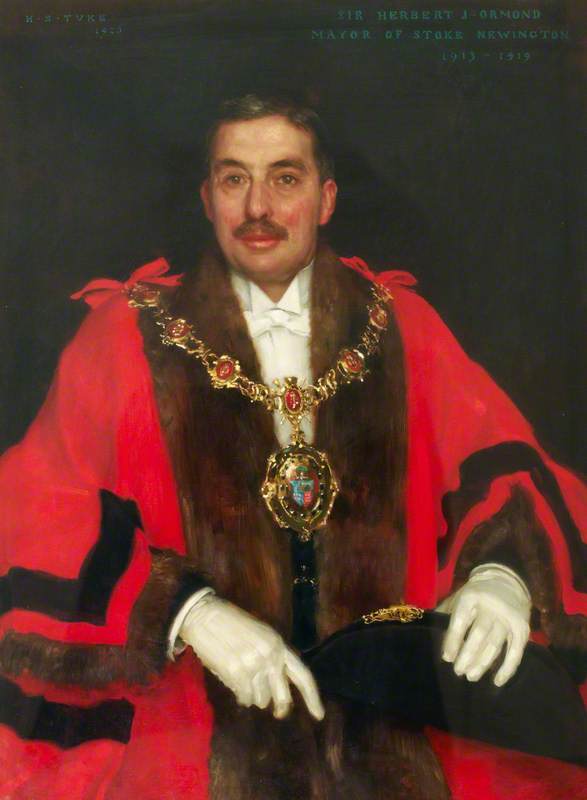
Image credit: Stoke Newington Town Hall, London Borough of Hackney
Henry Scott Tuke (1858–1929)
Stoke Newington Town Hall, London Borough of HackneyThe contrast between Tuke's paintings of outdoor scenes and commissioned portraits demonstrate a clear interest in the freedom and beauty of the natural world and what could be.

Image credit: The Tuke Collection, Royal Cornwall Polytechnic Society
Henry Scott Tuke (1858–1929)
The Tuke Collection, Royal Cornwall Polytechnic SocietyThe ages of Tuke's models are not always comfortable viewing by our modern standards and this has in the past drawn attention away from his remarkable skill and sensitivity. Some have drawn parallels between Tuke's work and the photographs of Wilhelm von Gloeden who recreated scenes of a classical nature with naked boys. For instance, in Tuke's Nude Italian Boy, a male child leans against a wall or archway made of creams and browns, reminiscent of the white sculpture of antiquity.
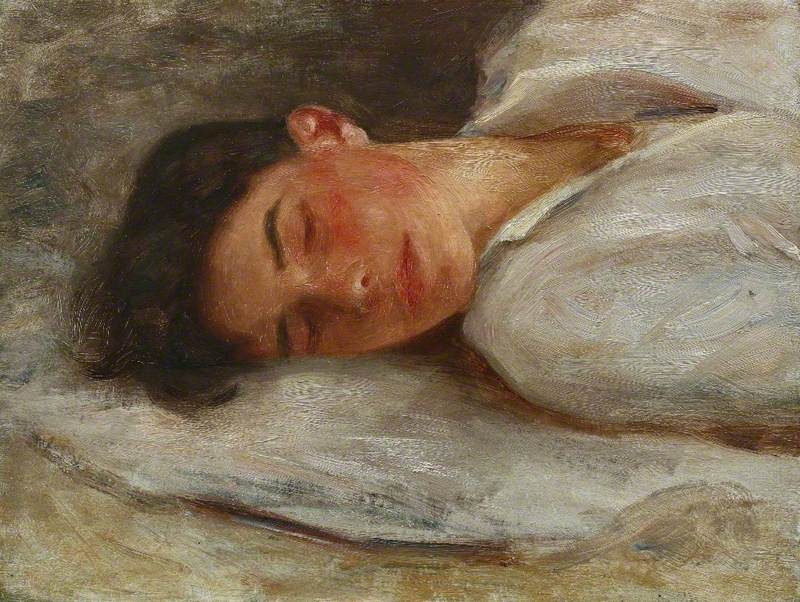
Image credit: The Tuke Collection, Royal Cornwall Polytechnic Society
Sketch for 'Summer Dreams' c.1919
Henry Scott Tuke (1858–1929)
The Tuke Collection, Royal Cornwall Polytechnic SocietyVan Gloeden's photographs were however of a more explicitly sexual nature and he was known to pay his young models for sex. Tuke's paintings are never explicitly sexual, the models' genitals almost never shown, and the models almost never touching. His paintings can thus be considered sensual rather than sexual. Sketch for 'Summer Dreams' exemplifies the care and softness that Tuke put into his portrayal of the young male body. Tuke's work invites us to consider the existence of a gay male gaze and how the viewer should respond to and read from his artwork.
There is a definite poignancy to Tuke's relationships with his models, as further demonstrated by Tuke leaving a generous amount of money in his will to some of the men who, as boys, had been his models. One of Tuke's favourite models, Nicola Lucciani, was tragically killed during the First World War. Following his death, a devastated Tuke donated July Sun which features young Lucciani to the Royal Academy.
Tuke faded into obscurity after his death in 1929 at the age of 70. However, in the 1970s, he was rediscovered by the first generation of openly gay artists and art collections and his exploration of homoerotic themes quickly made him a cult figure. In fact, Elton John is a keen collector of his work and received a Tuke original from Queen's frontman Freddie Mercury following his death in 1991.
In 2017, Tuke was featured in the exhibition 'Queer British Art 1861–1967' at Tate Britain, placing him in an important yet overlooked canon of art history pertaining to queer artistic strategies and homoerotic desire.
Flora Doble, Art UK's Operations Officer
